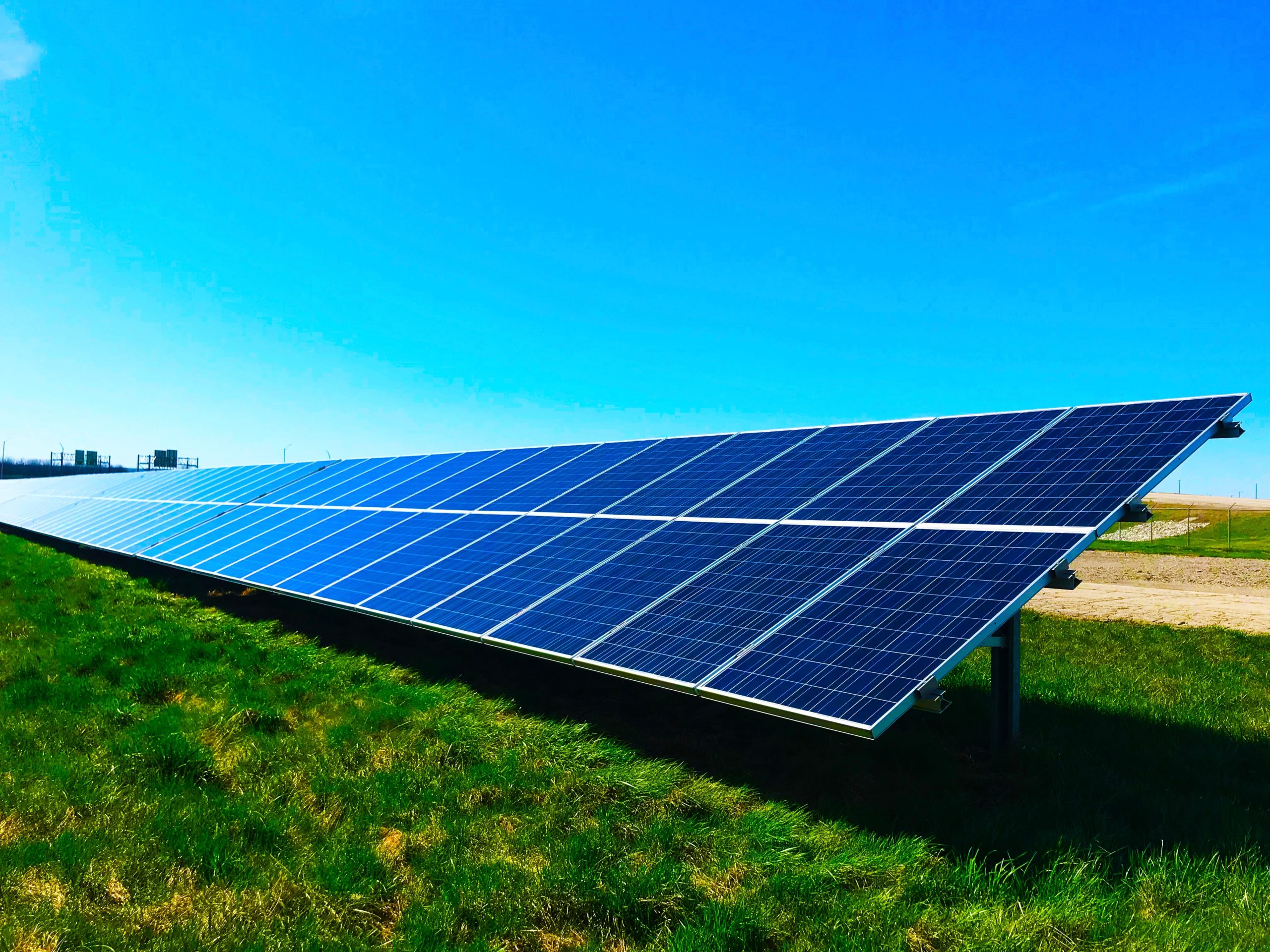Experts Discuss Facts Connected To Investment Decisions In Video
Dr. Franz Trieb, Project Developer at DLR (German Aerospace Center) Institute of Engineering Thermodynamics and Prof. Harald Lesch, a senior lecturer at the Department of Physics of LMU University, Munich and TV host of scientific program Terra X, discuss in this video technological facts and the feasibility of implementing solar thermal systems in desert areas. Watch the following video with subtitles in your language (go to „settings“ and apply). Below you find a brief of the contents, edited by assoluta – Business To The Point.
Our Summary
The implementation in larger scale is no problem nowadays. Since many years the technology is used in Spain. The real challenge lies in an investment decision that can only be supported by a purchase commitment for green energy over a defined period of time from Northern countries or companies, which eventually leads to AAA ratings, risk minimization and a sustainable financial framework.
Investment Costs For Solar Thermal Systems
Prices vary for a system. The estimates given are dating back to 2017 and were at 10 billion euros for 1 Gigawatt or 30 billion Euro for 3 Gigawatt capacity. We still have to verify our estimation for 2020, that costs have come down to 75 percent of the earlier figures. Please note that follow-up costs are almost neglectable. We also want to find actual figures for less capacities such as 10 Megawatt or 100 Megawatt. By the way: Germany allows a maximum capacity per unit of 3 Gigawatt. One reason is to prevent overdependency on one single unit.
Investment In Renewable Energy: Local Use Or Export?
Whether in a national context or for export purposes can make a big difference in terms of ratings or investment decisions. To ensure a steady and controlled use of energy power it needs a double approach with a focus on either the one or the other. In general: An investment is supported or made possible through political and financial stability. This requiers a AAA rating more than anything else.
Depending on the availability of sun-hours per year the question is to make a split for local and export markets or focus on local supplies. A local investor/ supplier will have much more insights to understand the market and profit generation in his cultural context. An investment in this context might be advantageous for him and he operates as a national supplier for renewable energy. Here a mix with hydropower is often preferable and indicated to eventually reach a satisfying security of supply.
On the contrary, a foreign investor is more interested on revenues, based on binding purchase decisions by buyers from European countries. Therefore, his opportunities are bigger in sub-Saharan countries, where the output of energy production based on solar thermal systems is much greater and availability is given at any time. Compared to Spain, where the calculations see around 3.500 hours of sun per year, a bit south the sun is available approximately 7000 hours per year.
Controllable Renewable Energy From Africa Via Solar Electricity Pipelines
The pipelines are already exisisting in Germany. The connection to solar electricity pipelines from Africa is not of any greater difficulty. The transport is provided with 600.000 volts direct current, which produces only 10-12 % loss at a transportation distance of 3.000 kilometers. To compare with: AC voltage has 100 percent loss after a distance of 500 kilometers.
Alternative Technologies Check
Nuclear power plants can easily be at higher visible costs. See, as an example, under Nuclear Power in the UK. Plus: Follow-up costs of radioactive waste are incalculable. Besides, the topic is very sensitive and under steady public scrutiny, discussions and anti-nuclear demonstrations.


